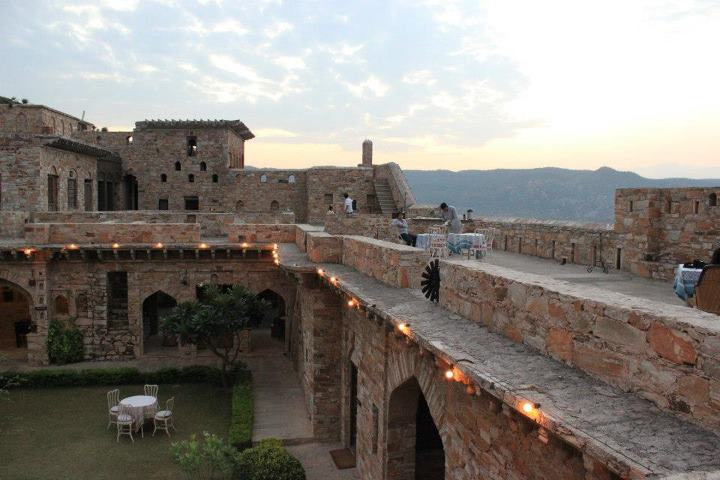Travelling by trains in India is an experience that will leave you either in complete awe of the fervor with which the railways are changing or in complete angst of having to deal with situations on the tracks. First things first – if you haven’t had the foresight to well , plan your travel way in advance (read at least a month in advance) you do deserve to go through the torture of running from CPU to CPU trying to book tickets through the tatkal online system. It is the age of the internet no doubt, but the IRCTC online tatkal booking system has interpreted technological edge in a different way altogether-just so that you may reach the next century trying to use the online portal (you might not end up with a confirmed ticket even then) voila - that’s IRCTC technology for you. The other way out would be to invariably pay your office travel agent almost one forth cost of the ticket and get him to book it for you – turning out to be the most lucrative business around I say !
Ok then, now that you have the ticket , by trick or trial and the day of the journey arrives- you are faced with the most daunting question of all. Do you offer your lower berth to the elderly lady who has been given the upper berth at age 60 and see the world from the top or do you just settle on the lower berth you have been allotted, just so convenient for the station hops.
Well, as lady luck would have it, I have always ended up on the top berth- by right of booking or by request of a fellow passenger. The view from the top gave me a whole new dislike for kids, peaceful sleep, taught me to sleep like a baby on a bull and well much more. Lets start with the catering on the Indian railways – standardization has been taken way too seriously by our railway caterers. Whether you ask for matter paneer or aloo paneer or mixed veg meals – they all taste the same! Absolutely no discrimination of taste among vegetables. And then there is the very tempting sweet which might as well be actual rock (candy). Though no denying the fact that the non – veg meal fares better on the taste scale.
Perched on the topmost berth, you might as well train being an assassin who can swiftly jump on the lesser mortals below. The dexterity with which I have learnt to get off the berth, navigate the stream of incoming/ toilet going passengers to quickly hop on platforms at stations to grab a packet of Lays has left even me zapped to the core! The challenge proves even more interesting when the ‘chai –chai’ ‘kaapi-kaapi’ guy walks past at thunderbolt speed and needs to be caught. Like a trained ninja, your ears automatically send a signal to your sleeping brain as soon as these magical words are heard!
The topmost berth is the best sanctuary one can have from screaming children, vying for attention by constantly staring at you with pseudo puppy eyes or trying to gorge their parents’ eyes out, just because the mom brought along a mega sized bag full of home-made meals which would suffice for an African country, but forgot to put in a packet of the favorite biscuits.
Inquisitive aunties who want to know where you stay, why you are going to a different place, where would you stay, etc are a part and parcel of the times when you would emerge from your shaking, narrow hammock to sit on the lower berth. Shoes going missing and found in the next section because your fellow passengers wanted to push their luggage at the farthest corner so that they become invisible to the stupid untrained burgler will leave you steaming, but then most engines now run on electrical lines – so might as well save the sweat!
All said and done, I do love travelling by train-standing at the door and getting my hair tangled, watching towns, villages and umpteen stations pass by, carrying with them their own small worlds and …. it’s time for me to plan my next business train travel and give my hubby yet another opportunity to feel like the weekend drop the missus to the station man!
.jpg)















